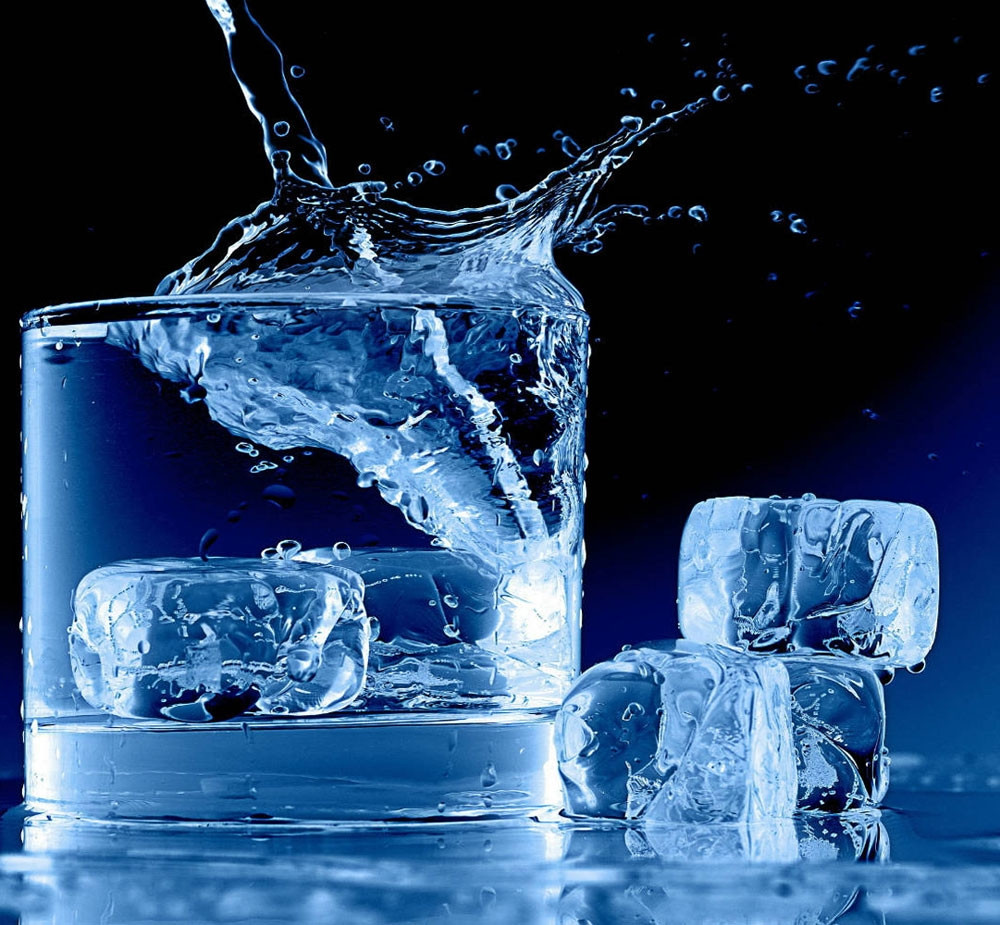Putting Nature's Magic to Work For Us: Phase Change Materials

We see it all around us, all the time; temperature changes make stuff freeze, melt, or vaporize. These 'phase change' transformations, in which molecules change from one state of matter to another, are so common we take them for granted. Ice cubes in a drink, no big deal!
But there are some interesting physics involved in every instance of these little miracles nature serves up so casually: When a material changes state, there is a huge amount of energy involved in the transaction. Herein lays the opportunity to put nature to work for us, for free.
While water is a material that immediately comes to mind when we talk about the solid/liquid/vapor dance, all materials consistently change phase at various temperatures. And materials that can be engineered to hover between states at specific temperatures can also be used as powerful energy storage sinks.
Any heavy materials, like stone, concrete, or water store lots of thermal energy just because it takes so much energy to heat them up or cool them down, which they do relatively gradually. They are like big thermal energy batteries, slowly absorbing or releasing heat. Phase change materials are different; they act like thermal mass on steroids.
So for example, imagine a bunch of pellets in little packets engineered to change from being a solid to a gel at temperatures around seventy degrees. (This stuff actually exists - we have some here in the office, and yes, it is eco-appropriate and nontoxic.) Imagine it layered into walls or the ceiling in a space. Now, imagine the temperature naturally rising for whatever reasons (lots of people hanging out in the space, heating or cooling from windows and outside walls, equipment running...). As the temperature starts to move above seventy degrees, the pellets will absorb heat energy as they begin to make the transition into a gel form. Heat will be flowing into the pellets rather than the space, keeping the temperature from rising. This will keep happening until all the pellets have completely morphed into their gel state. This is a 'cooling' strategy that has no moving parts, costs nothing to operate, will never need maintenance, creates no noise or pollution, and best of all, works to our benefit in the same way as the temperature in the space begins to drop.
Imagine the same space later in the evening, with all the people gone and the temperature dropping; now, the pellets will be releasing the thermal energy they took on to become gel packs as they transform back into solids. We have a regenerative system that recycles heat that would normally need to be removed using costly cooling systems into useful heat that helps keep the space warm during the night.
Simple, resourceful approaches to design like this are good in every way, reducing or even eliminating the need for heating or cooling equipment and keeping the space comfortable for people to occupy. At a minimum, phase change materials can lower the need for peak cooling and heating, cutting both the size and run times of mechanical systems, which in turn reduces maintenance and extends service life.
